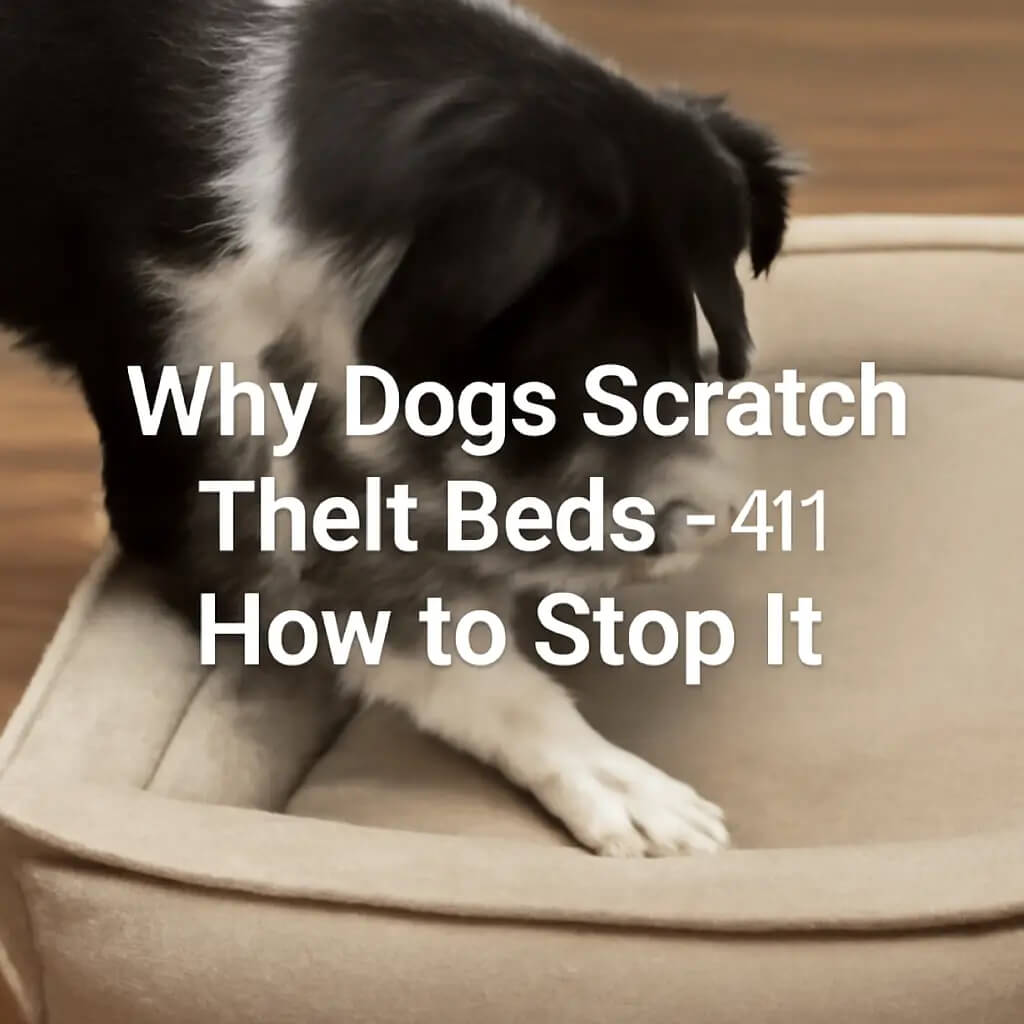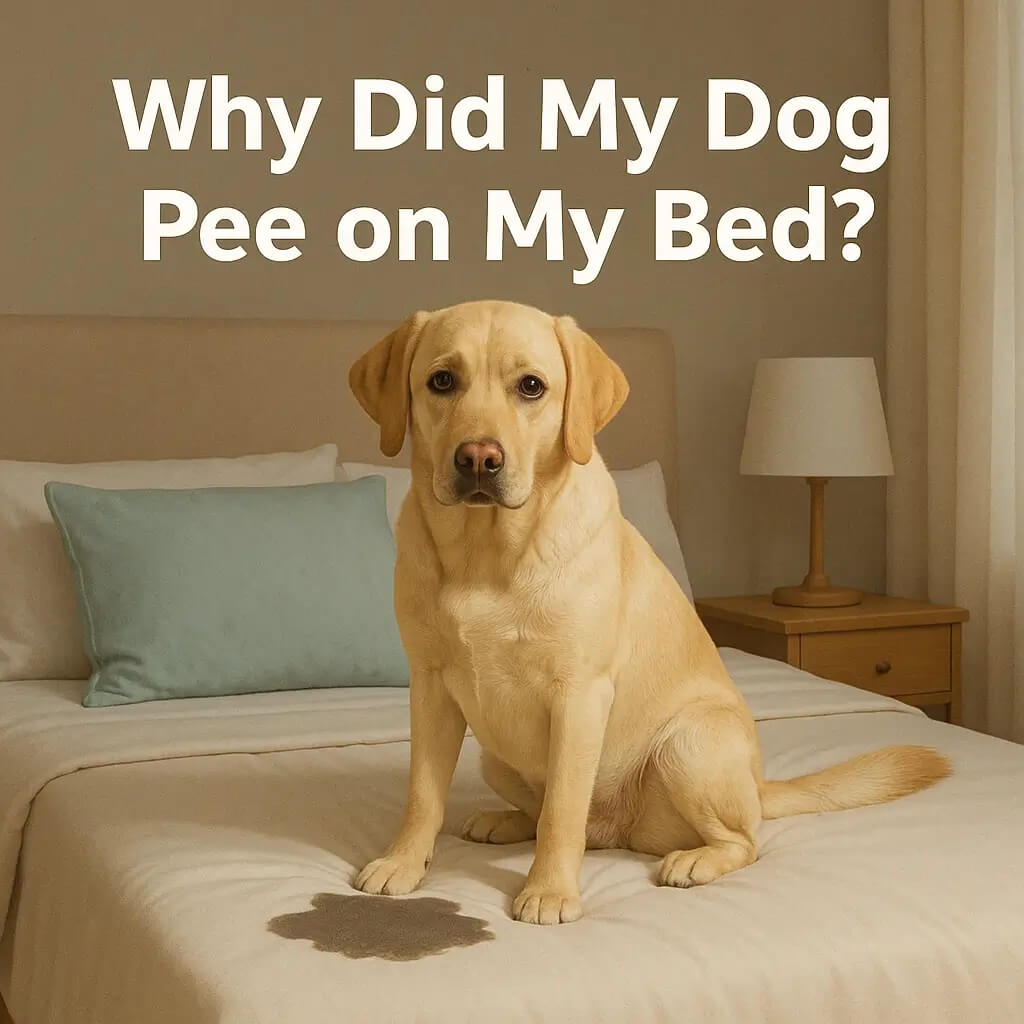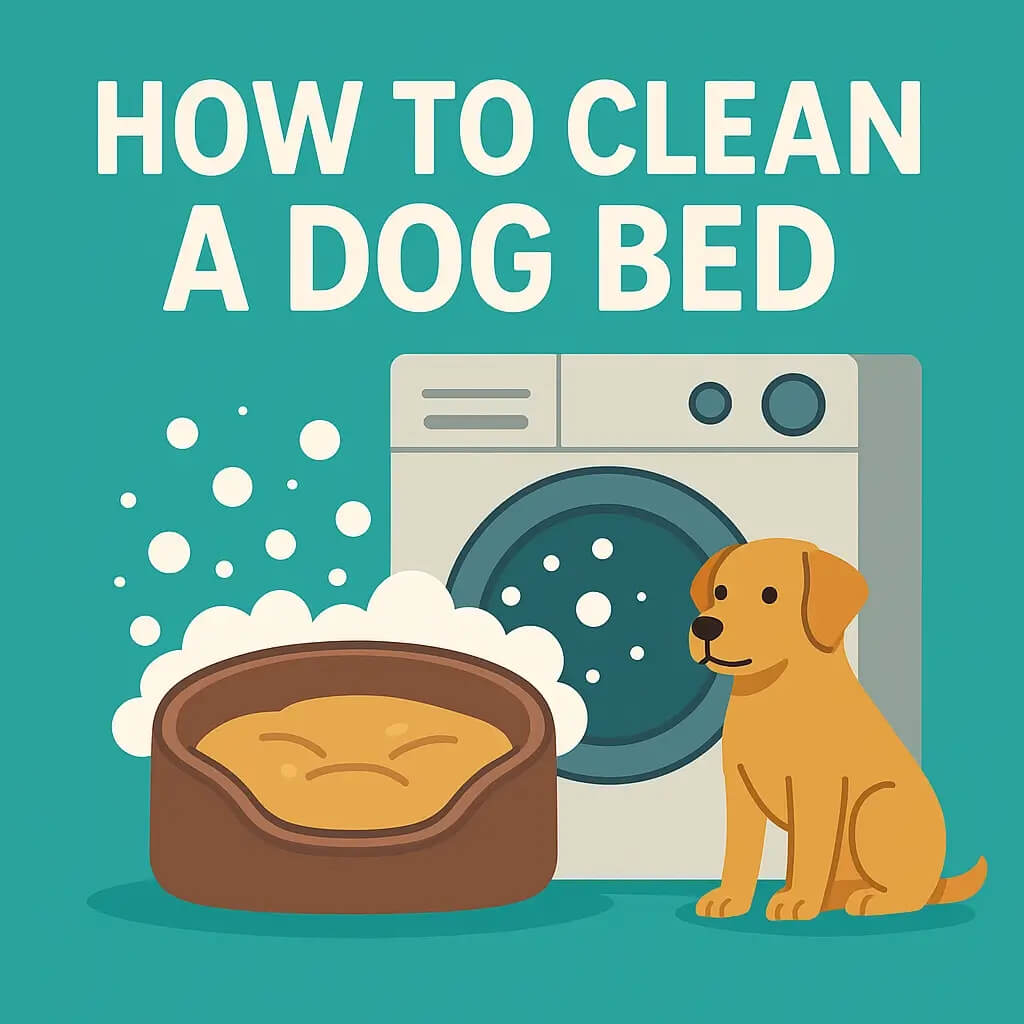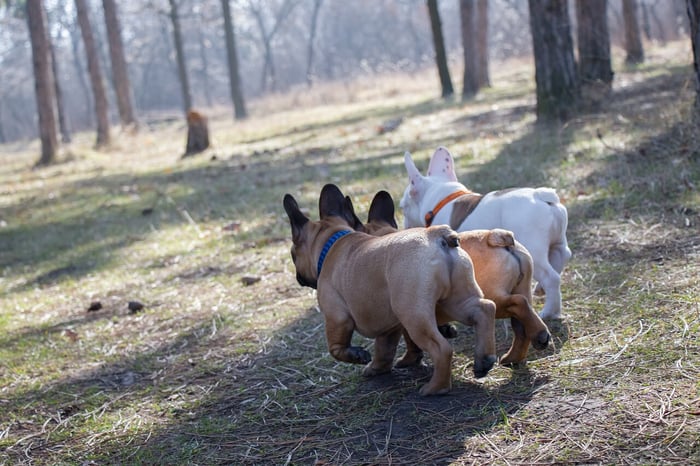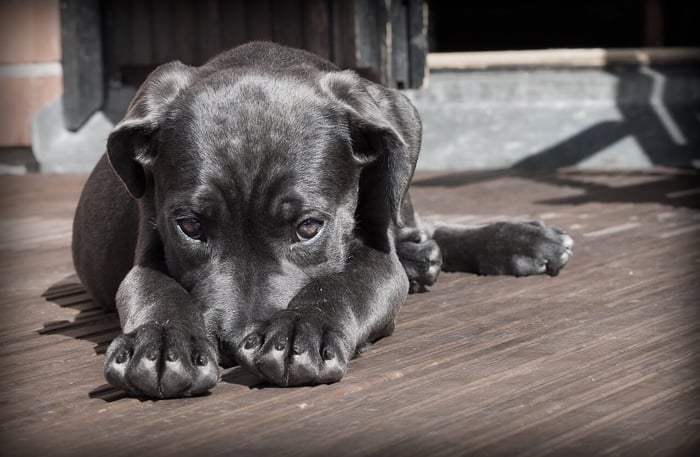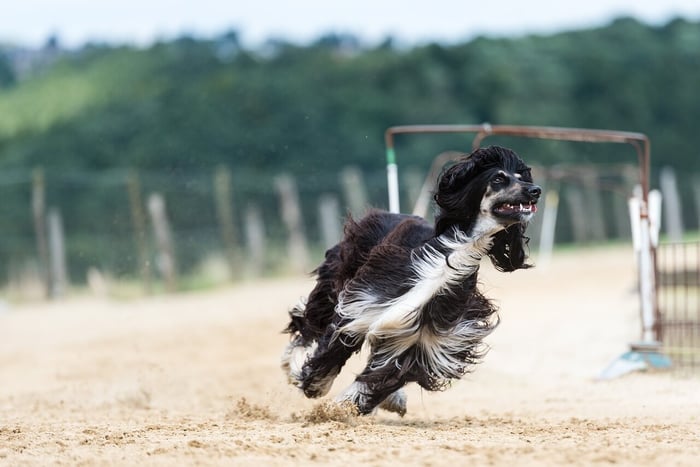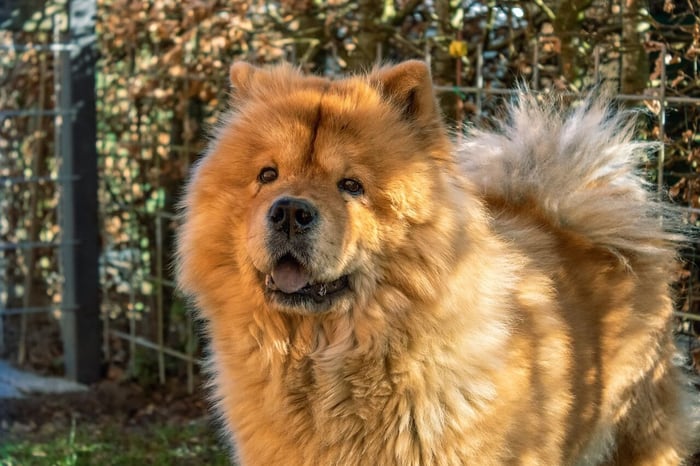If you've ever noticed your dog scooting across the carpet or licking excessively around their anal area, chances are they might be experiencing issues with their anal glands. Anal gland problems can cause discomfort, pain, and even infection if left untreated. This guide will show you how to safely express your dog's anal glands, recognize common signs of anal gland issues, and know when it's time to see the veterinarian.
Understanding Dog Anal Glands
Anal glands, also known as anal sacs, are small glands located near your dog's anus at approximately the four and eight o'clock positions. These internal glands naturally release a foul-smelling brown fluid each time your dog poops, marking territory and communicating with other dogs. When these glands do not empty correctly, impacted anal glands or infections can occur, leading to significant discomfort.

Common Signs Your Dog Has Anal Gland Issues
Many dogs experience anal gland issues at some point in their lives. Recognizing the common signs early can help prevent anal gland problems from escalating:
Excessive licking of the anal area
Scooting or dragging their hind end across the floor
Frequent fishy odor emanating from the dog's anal area
Hind end straining during bowel movements
Chasing their tail or biting the anal area
Consult a Veterinarian Before Expressing Anal Glands
Before you attempt to express your dog's anal glands at home, it's important to seek guidance from your veterinarian. Not all dogs need their anal glands expressed regularly, and improper handling can lead to more serious issues, like anal sac disease or infections.
A vet can examine your dog and determine if anal gland expression is necessary. In some cases, smaller dogs or certain breeds may be more prone to dog anal gland issues, and a vet's assistance is vital to ensure the process is done safely.
Why Do Dogs Develop Anal Gland Problems?
Most dogs naturally express anal gland fluid when a firm stool passes. However, certain factors can lead to blocked anal glands:
Diet: Dogs with soft stools or loose stools can't adequately empty their glands, causing impacted anal glands.
Weight Issues: Overweight dogs tend to have anal gland blockages more frequently because their internal glands may not function optimally.
Breed and Age: Small dog breeds and older dogs often face anal sac disease more frequently due to their anatomy or muscle tone.
Materials Needed for Manual Anal Gland Expression
If you're a pet parent wondering how to empty your dog's anal glands safely at home you'll need the right materials. Expressing your dog's anal glands manually is a delicate process that requires the right tools and a calm gentle approach to avoid injury or discomfort. Here's what you'll need to safely empty your dog's anal glands:
Latex Gloves Wearing latex gloves ensures cleanliness and stops the transfer of anal gland fluid to your hands. It also keeps the environment clean while expressing impacted anal glands. Make sure the gloves are fitted well for easy movement.
Paper Towels or Absorbent Pads You'll need paper towels or absorbent pads to catch the anal gland fluid that's released during the process. The anal sacs contain a brown fluid that may smell bad or fishy so you'll need these to clean up any mess and keep your dog's bum dry.
Petroleum Jelly Apply a small amount of petroleum jelly to your index finger or thumb and index finger to lubricate the process of inserting into the anal opening. It also prevents discomfort for your dog while expressing their anal glands.
Warm Water and Soft Cloth After expressing anal glands you may want to wipe your dog's bum with a soft cloth soaked in warm water. This will help soothe the area and remove any remaining anal gland fluid. Regular cleaning will also prevent the smell from lingering on the surrounding fur.
Towels for Dog's Comfort Place a towel under your dog to create a stable non-slip surface. Having your dog steady is crucial for the process especially if your dog is a small dog or a big dog.
Calming Treats Expressing your dog's anal glands can be stressful for some dogs especially if they're not used to the process. Having some calming treats on hand will help your dog relax and make the process more comfortable and reduce the risk of them scooting or showing signs of anxiety.
Quiet, Comfortable Area Choose a calm and quiet area for manual anal gland expression. This will keep your dog calm and make the process easier for you as a pet parent. Make sure your dog is in a position that's comfortable for them, sitting or standing.
Your Index Finger Your index finger is your main tool for expressing anal glands. Insert your index finger into the anal opening and keep your hand steady. Don't force it—gently press and squeeze the anal sacs to release the anal gland fluid.
Having all these ready will make you prepared for the process and your dog's anal glands will be expressed safely with minimal discomfort. Regular dog anal gland expression is part of maintaining your dog's healthy weight, preventing anal gland impaction and anal gland infection.

Preparing to Safely Express Dog Anal Glands at Home
Before starting anal gland expression, ensure you have the necessary supplies:
Disposable latex gloves
Petroleum jelly or lubricant
Clean towels or wipes
A calming environment and treats for your dog
Step-by-Step Guide to Express Dog Anal Glands
Position Your Dog:
Have someone gently hold your dog steady. Calmly reassure your pet throughout the process.
Locate the Anal Glands:
Wear disposable latex gloves and apply a lubricant like petroleum jelly to your index finger.
Place your finger at the dog's anal opening and gently feel for the small glands located internally at about four and eight o'clock positions.
Expressing the Glands:
Gently but firmly squeeze using your thumb externally and your index finger internally. You should feel the glands express as a small amount of brown fluid releases. Be cautious and gentle to prevent pain or injury.
Clean Up:
Use clean towels or pet wipes to thoroughly clean the anal area, removing any foul-smelling fluid.
Reward Your Dog:
Praise and reward your dog to associate gland expression positively, easing future experiences.
Preventing Anal Gland Problems
Preventing anal gland problems involves regular care and attention to your dog's diet and lifestyle:
Feed your dog a high-fiber diet to promote healthy, firm stools.
Maintain your dog at a healthy weight to avoid unnecessary anal gland pressure.
Regular checkups at dog groomers or veterinary clinics to keep track of your dog's anal gland health.
When to Consult a Veterinarian
While most dog owners can manage minor anal gland issues at home, it's essential to recognize when professional intervention is necessary:
Signs of anal gland infections, such as redness, swelling, or discharge of pus
Persistent anal gland abscesses or severe cases not improving with home care
Anal gland issues occur frequently despite preventive measures
Painful reaction from your dog during anal gland expression
Your vet might prescribe oral antibiotics for infected anal glands or recommend further treatment.
Post-Procedure Care for Your Dog
After expressing your dog's anal glands, monitor their health. Watch for any remaining signs of discomfort such as scooting, licking or swelling around the anal area. These could be a sign that the anal glands are still irritated or infected.
In some cases you may need to express the glands again especially if your dog has chronic anal gland issues. But if your dog's symptoms persist or gets worse, contact your vet immediately for further evaluation.
Also, cleaning the surrounding fur and ensuring hygiene after each expression can help prevent infection and keep your dog comfortable. If your dog has anal gland problems, consider adjusting their diet to include more fiber to improve their bowel movement and reduce future issues.
Even with the best at-home care, some dogs may still have persistent anal gland issues. If you notice signs of swelling, infection, or if your dog is in visible pain, contact your vet immediately. A veterinarian can also help if you feel uncomfortable performing the procedure yourself or if your dog belongs to a breed that is more prone to anal sac disease.
Preventing Future Anal Gland Problems
Prevention is critical in managing dog anal gland issues. Consider the following tips:
Maintain your dog’s healthy weight, as overweight dogs tend to experience more frequent anal gland blockages.
Ensure your dog's diet includes fiber-rich foods that help produce firm stools, naturally expressing the glands each time the stool passes.
Regular exercise can help maintain a healthy bowel movement pattern and prevent soft or loose stools, reducing the likelihood of anal gland problems.
Regular grooming appointments with dog groomers often include anal gland expression, helping to maintain gland health.
Conclusion: Keeping Your Dog's Anal Glands Healthy
Understanding how to care for your dog's anal glands is essential for maintaining their overall health and comfort, much like ensuring they have a comfortable dog sofa bed to relax on. Regular monitoring for signs of discomfort and knowing when to seek professional help is key to preventing more serious anal gland problems like impacted glands or infections.
By following these steps and consulting with your veterinarian, you can help your dog avoid unnecessary discomfort and ensure their anal glands stay healthy. Remember, while it's possible to express your dog's anal glands at home, always prioritize your pet's safety and well-being.
More Articles Related to Dog Healthy:
https://funnyfuzzy.com/blogs/pet-encyclopedia/what-causes-swollen-eyes-in-dogs-and-how-to-help
https://funnyfuzzy.com/blogs/pet-encyclopedia/dogs-slow-heart-rate-explained
https://funnyfuzzy.com/blogs/pet-encyclopedia/why-do-dogs-eyes-tear-up


